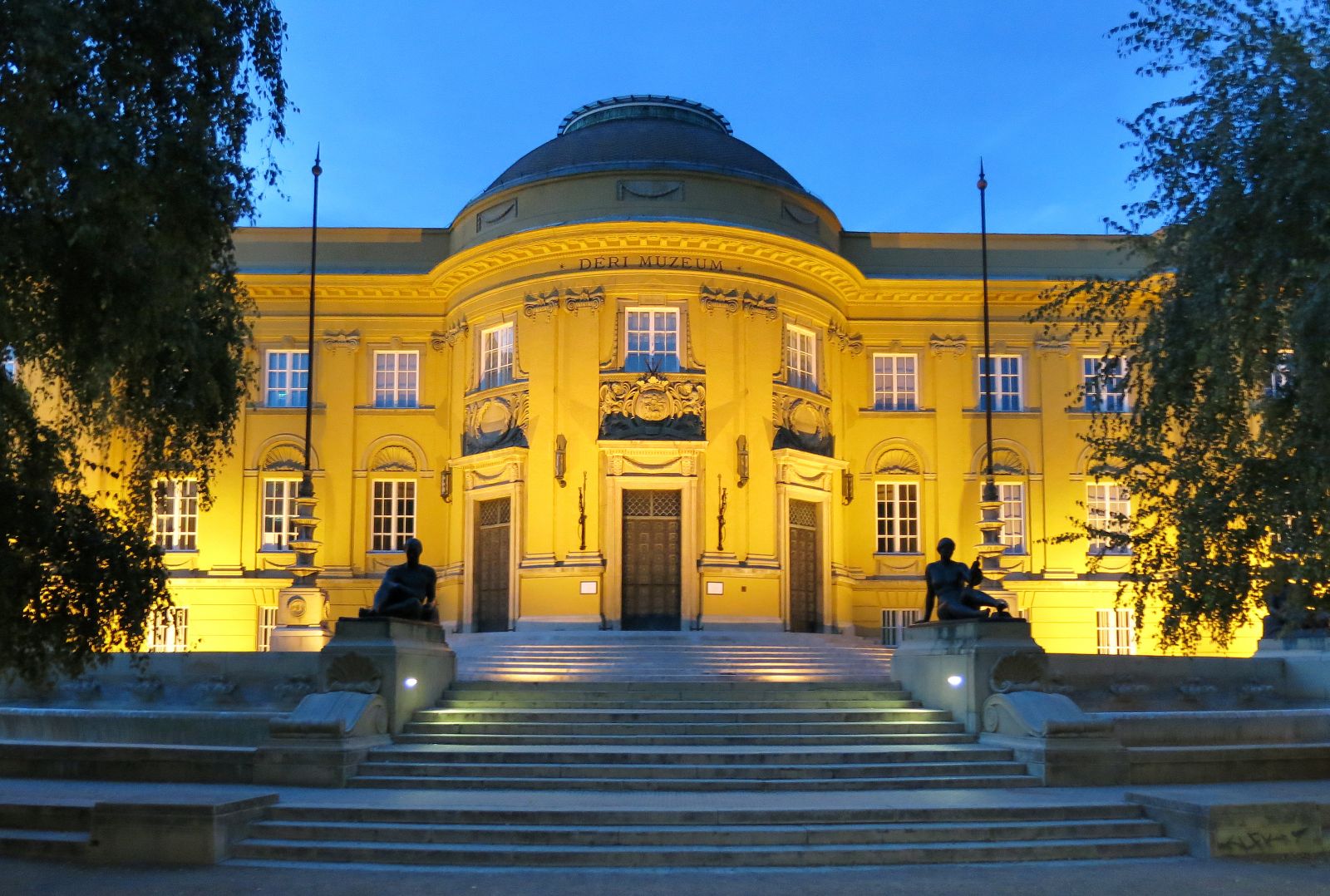The World of Cívis – Permanent local history exhibitions
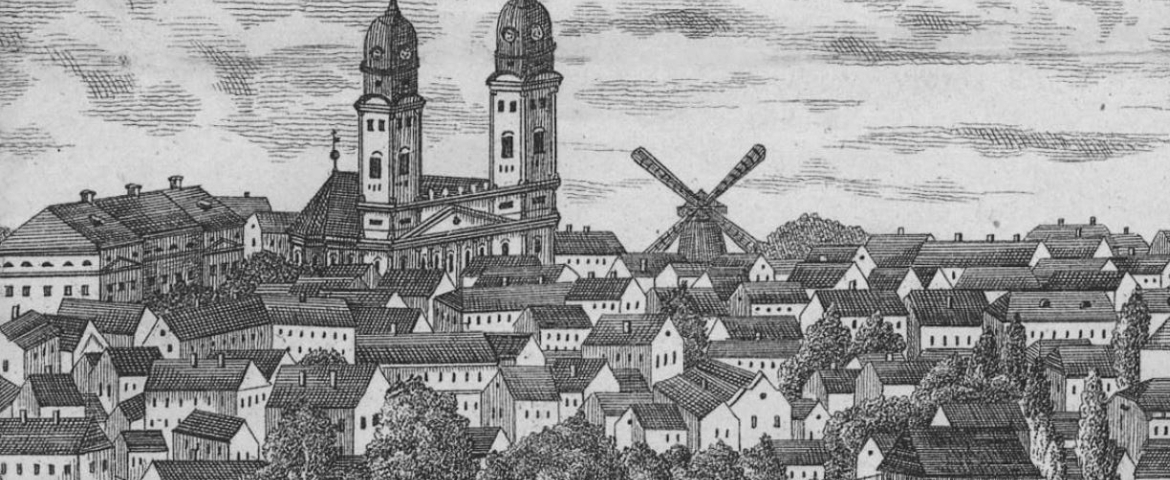
The World of the Cívis – Permanent local history exhibitions of the Déri Museum
Can we perhaps grasp the ‘spirit’ of Debrecen, is there a specific mentality effective here which has manifested itself in everything from daily life to agriculture to cultural activities? Although a ‘spirit’ of the city is not something to be grasped, we might point out some historical features and characteristics that have made Debrecen what it is and have defined the peculiar world of the cívis.
The first to mention is land, the cultivation of which defined the entire lifestyle of the people living in these parts. Ownership of the land was the fact that turned the citizens into a community. Aligned with agricultural activities were daily routines and the time allotted for matters of common municipal interest. The Great Forest was also significant, providing the cívis with building material, firewood and subsistence. The area has always been rich in medicinal herbs, and several books were published on their use.
The second unique feature is the Reformation, which determined how to live and what to think of the world. Everyday life was permeated by a puritanical code of conduct, which only allowed for a practical branch of the arts: applied art. However, in the late 19th century life was already dictated by the tastes of the middle class.
The third aspect that deserves mention is the fact that you cannot find stone anywhere near Debrecen. Therefore, the town was enclosed with a moat and a thicket rather than a stone wall, and the municipal leaders had to defend the town’s freedom through tactical compromises and bribes.
Finally, we must not forget fire, which was the town’s major adversary and at the same time its most significant ‘architect’. Fires often destroyed well-nigh the entire town, such as in 1564 when even the Church of St. Andrew was burnt to the ground. Later the town was rebuilt, as was its church.
Now enter the world of the cívis.
In 2022, with the support of the Hungarian Genius Programme, we had the opportunity to renew our local history exhibition. The exhibition, which was inaugurated in 2015, has been dismantled and moved to the virtual space, which can be viewed on our website by clicking here. The new exhibition was officially opened on 21 June 2023. The journey from dismantling to opening is illustrated by a video of the process, which is available here.

Land
Land – that is, the soil, as well as property – provided the existential basis of cívis economy for centuries. Owning land and acreage had a great significance, and even craftsmen and the intelligentsia aspired to own a smallholding.
The confines of the town included the outskirts, which, broad as they were, totalled approximately 170 thousand cadastral acres by the mid-19th century. At their broadest they were 75 km across on the east-west and 15 km across on the north-south axis. Debrecen’s cívis economy included plains animal husbandry, the cultivation of arable land, woods, hayfields and vineyards. Special means of transport were used to conquer distances. The broad gates, definitive of the contemporary townscape, were not only so large to allow easy passage for carts, but they also announced that the owner was a well-to-do person. The basis of cívis economy was the land, everything started with the land, and everything was connected to it. It’s a commonplace that everything is BIG in Debrecen (The Great Forest, The Great Church, The Great Station), but this magnitude relates to cívis farms as well. The broad pastures in the puszta and the abundance of land had an impact on the scale of agricultural operations. This fact is amply demonstrated by the larger-than-average tools and other articles of daily use exhibited here.
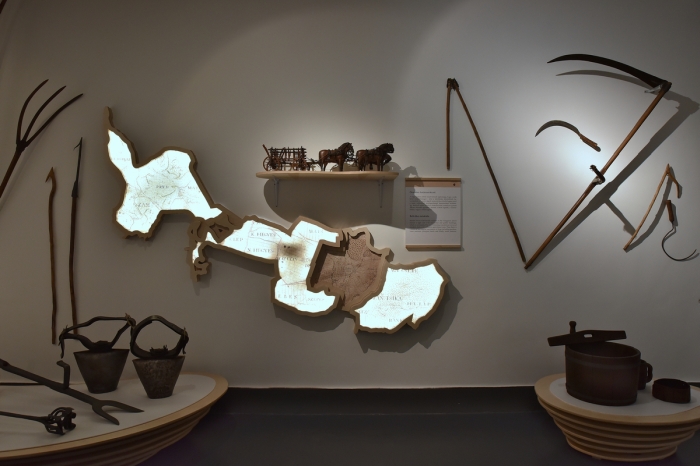
The City of Endurance – The Price of Freedom
Debrecen’s role as a fairground and central trading point continually strengthened from the 13th century onwards. This progress was not arrested either by the events following the split of Hungary into three parts or the Turkish rule in spite of the fact that Debrecen was situated on the border of the three parts and paid taxes to the Transylvanian prince, the Ottoman sultan and the Habsburg emperor alike. The taxes, ransoms and pillaging were a substantial burden for the populace. In addition, there was no shortage of natural disasters and deadly epidemics.
How did Debrecen survive and rise from the ashes like a phoenix? Survival was facilitated by the synergistic constellation of municipal policies, the ‘legendary wealth’ of the cívis town and the Calvinist faith. The exhibition shows how the ‘Calvinist Rome’ became a town of religious tolerance and coexistence. At the end of the 17th century Debrecen sought to bolster its privileges by earning the title of free royal city. In addition to 30,000 Forints payable to the monarch, however, the close-knit Protestant community had to welcome the Catholics, which was not a smooth process. The thawing of relations began only in the late 18th century. As the peaceful coexistence of different congregations has an important message today, the exhibit has a prominent role in the show.
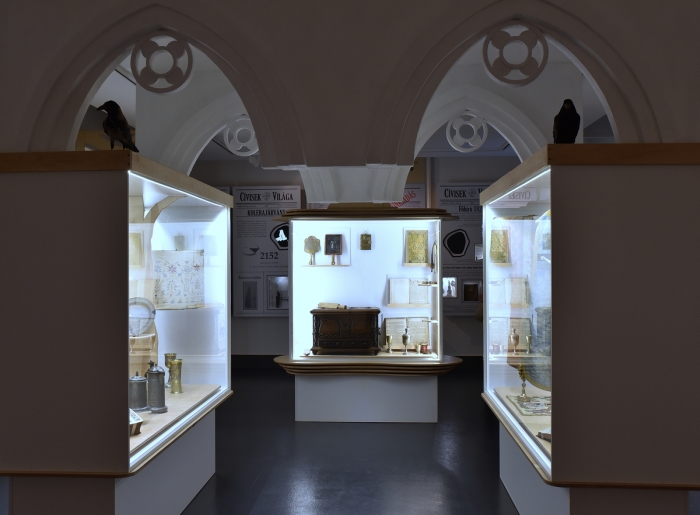
Dániel Rakovszky
Chief justice of Debrecen Dániel Rakovszky was born in Bőcs, Borsod county, in 1761. his father was scholar and pastor Sámuel Rakovszky, his mother Julianna Bessenyei, sister to György Bessenyei, a crucial figure of Hungary’s Enlightenment literature. Dániel Rakovszky’s entire lifework was exemplary, an elected official serving his town as best as he could. He took the position of chief justice in 1828, and he stayed in office until his death in 1843.
He served as the main warden of the Reformed College for over two decades, and on several occasions he represented the town’s interests as an envoy to the national assembly. While he was serving as chief officer, in 1830 a rare flood devastated the Hortobágy, only the top of the Bridge of Nine Arches was seen above the deluge. The eleven people trapped in the plains mill were saved by the heroic chief justice himself, despite his old age. For this act of bravery Emperor Franz I awarded him a medal of honour. During his time in office, in 1836 a monument to Csokonai worthy of the poet’s genius was erected in Debrecen. His dedicated work for the good of the town and the people earned him the admiration of Debrecen’s residents, and he is granted a special place in this exhibition.
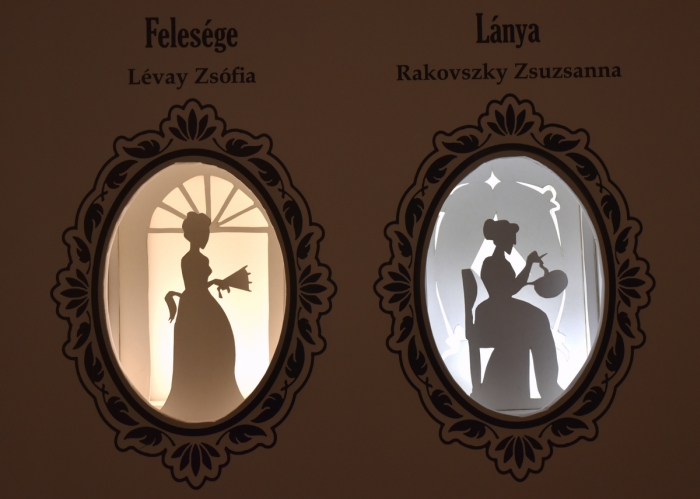
The Golden Unicorn Apothecary
Besides the original artefacts and furnishings, the painted cabinet and door panels secure a prominent place for the chemist’s shop founded in 1772. The equipment of the Golden Unicorn Apothecary was donated to the town’s museum by Emil V Rotschnek in 1905. The furniture of the chemist’s shop is one of the most valuable pharmaceutical collections in Hungary. The wooden jars are turned, cylindrical, with pedestals. Among the glazed earthenware jars we may find some pear-shaped ones. The old glass containers are covered by parchment paper and some of them still hold the remains of old medicines. The coat of arms features the year 1772 and the unicorn surrounded by a crescent-shaped nimbus. The equipment of the Golden Unicorn was already featured in the first exhibition of the Municipal Museum, and when the Déri Museum was opened, visitors could marvel at it as part of the permanent exhibition. Mór Jókai’s novel Egetvívó asszonyszív [A Woman’s Heart Wins the Heavens] spread the false rumour that the chemist’s shop’s painted door and cabinet panels were made by Ádám Mányoki. Even if their painter is unknown, the fact does not diminish the beauty of their ornamentation.
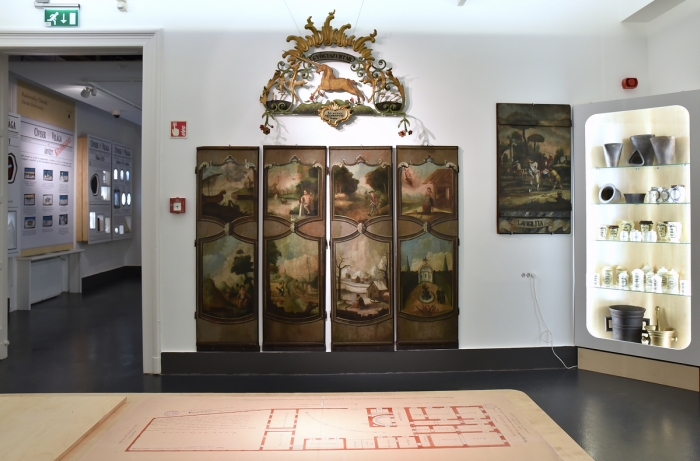
Fine Trades
Debrecen’s art and cultural life were characterised by a duality from the age of Enlightenment until the early 19th century. In the Reformed College gifted plate engraver students made maps and book illustrations. The College’s new codes of conduct after 1792 and 1796 permitted, even recommended, that students who were preparing for secular careers practise the arts. In spite of all this there was no overall patronage of the arts in contemporary Debrecen.
The cultivation of artistic tastes was largely owing to College professor Pál Sárvári, who in 1804 and 1807 published two volumes of his book Introduction to the art of drawing. One of Debrecen’s most gifted draughtsmen was Sámuel Kiss, who finishing his studies in Vienna settled in the town as teacher of the ‘school of drawing’ and the College in 1812 and held his position until his death in 1819. Pál Beregszászi’s 37-year-long teaching career also had its significance for developing acquired tastes.
Due to these trends, even though Debrecen in the early 19th century did not excel at fine art, its architecture and applied art had an impact on artistic tastes that reached beyond the confines of the town
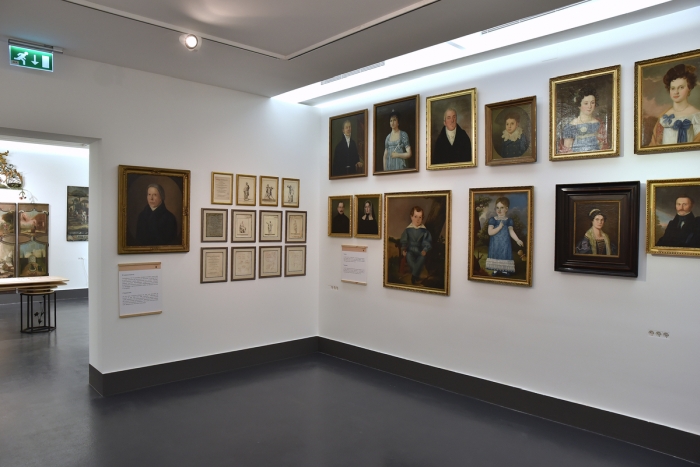
Slow Urbanisation
The history of Debrecen in the late 19th century is a drama of struggle between the increasingly impoverished cívis and the rising bourgeoisie. The latter were extremely active in the fields of economy, culture and municipal development, and the progress resulting from their activities changed not only the cityscape, but it also had its impact on the society, lifestyle, thought and external relations. Yet, members of the middle class failed to feel satisfied as they always came up against resistance on the part of the cívis, who were offended by the initiatives of modernisers. They undeniably had a point there, as by the late 19th century it had become clear that they were doomed to impoverishment and the unavoidable loss of social and economic gravitas. The traditions that defined their lives and economic methods were quickly becoming hindrances. As a consequence, they were even less interested in public matters than before, great social goals were not sought after, and they turned towards their families for happiness, while their learning was only ever utilised within the family. The genre scenes of the exhibition will perhaps approximate these two separate worlds that, despite all, together shaped the contemporary character of the town.
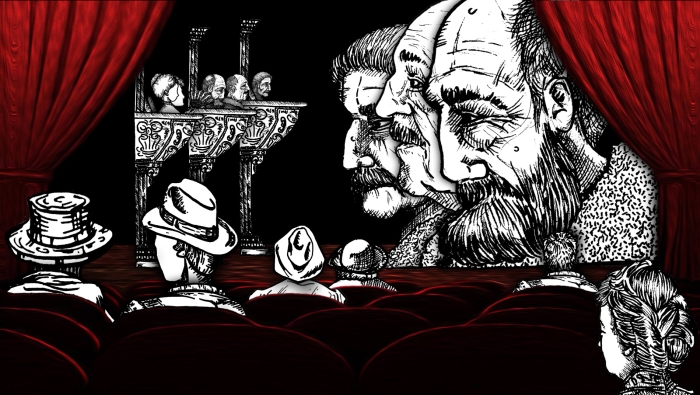
Debrecen's Champions
Debrecen’s champions and geniuses are of three types. The first category has personalities of local interest that are also registered by European cultural history. Péter Méliusz Juhász shaped Debrecen into a town acknowledged even in the biggest Western European centres of Reformation, and it became a ‘radiant lantern’ for Transylvania. Another similarly Euro-centred artist, Mihály Csokonai Vitéz was one of the most significant poets of the Enlightenment.
The second category includes those that had a substantial impact on the history of the town and its cultural and intellectual milieu. Mihály Fazekas was such a person, who dedicated his entire life and activities to the service of Debrecen, as did several noteworthy chief justices of the town.
Third mention goes to those with a certain ‘Debrecen mentality’, or ‘Debrecenism’, a term coined by neologist Ferenc Kazinczy. He meant it derisively, pointing out the hopeless mundanity of the residents, but the term’s precise meaning is hard to grasp today. Nevertheless, in review of the town’s history, we may indeed find a kind of special mentality that has ensured the continued survival of Debrecen. Features might include a sense of duty, a work ethic, a close-knit community and the importance of traditions.
Debrecen’s champions are featured in all of the exhibition spaces.
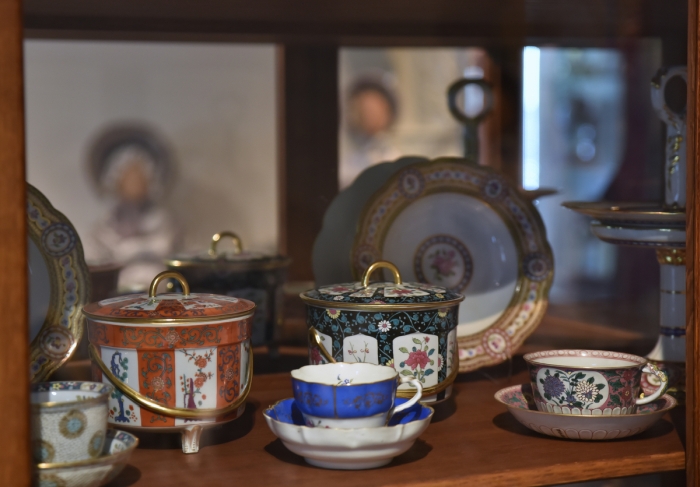
Civic Salon - Cívis interview film
Who is the hearty? What is a heart town like? What do the people who live, work and create in Debrecen, for Debrecen, every day, think about the city and Debrecen-ness? These and similar questions are answered in the interview film we made for the permanent local history exhibition Cívisek Világa. In this compilation you can learn about the thoughts, feelings and memories of today's citizens about Debrecen. Parts of the series can be viewed separately online, but in the exhibition space, while resting in the Civic Salon, they can be watched as a portrait film.

The exhibition opened to the public on 24 June 2023, the Night of the Museums. For a more detailed description of the exhibition, visit the Újkor.hu portal.

Déri Múzeum
Az 1902-ben helytörténeti múzeumként alapított intézmény egyszerre őrzi Debrecen, Hajdú-Bihar megye és az egyetemes művelődéstörténet kulturális emlékeit. Déri Frigyes 1920-ban adományozta rendkívül jelentős gyűjteményét múzeumunknak, amit az elmúlt évtizedekben számos más, jelentős adomány is gazdagított.
